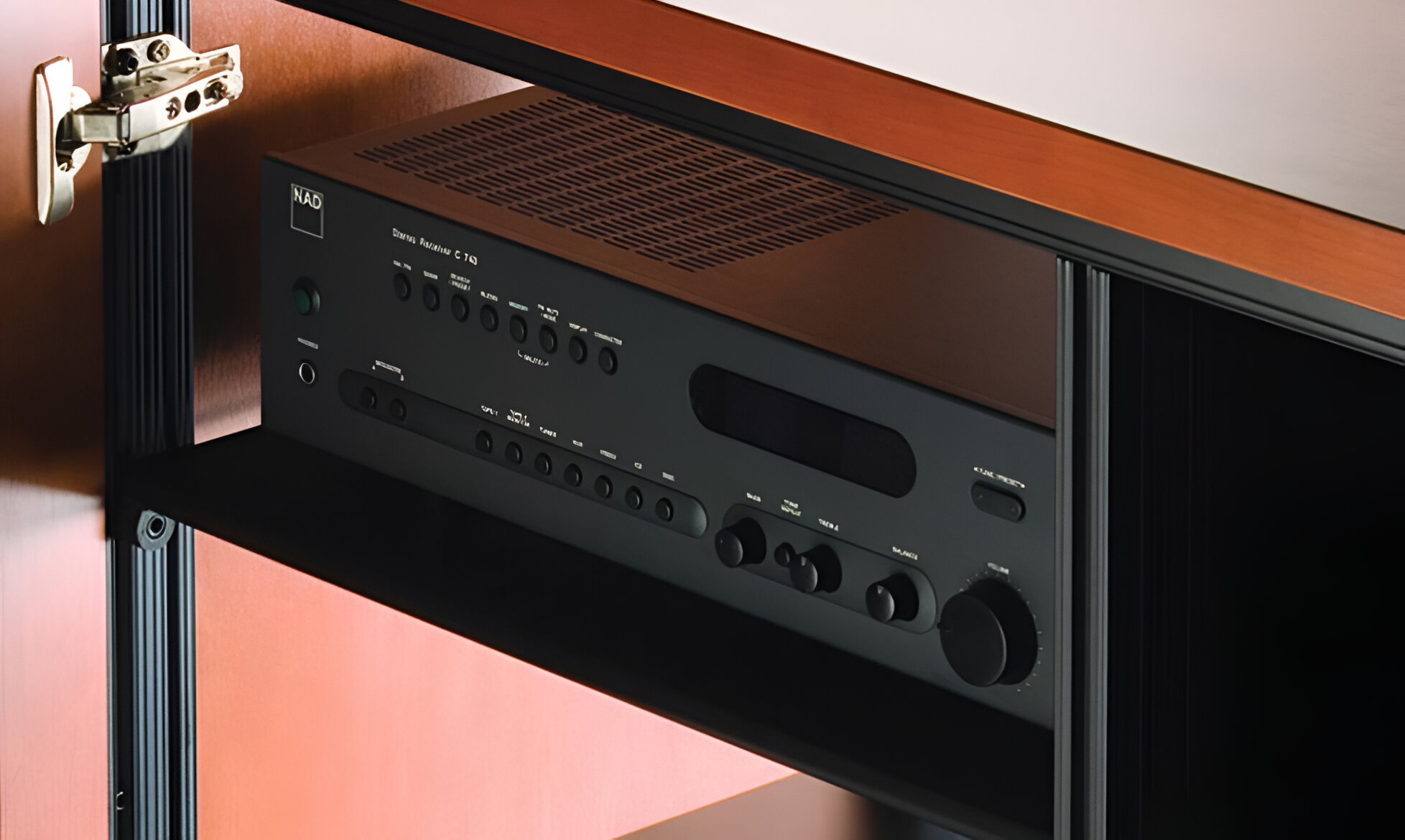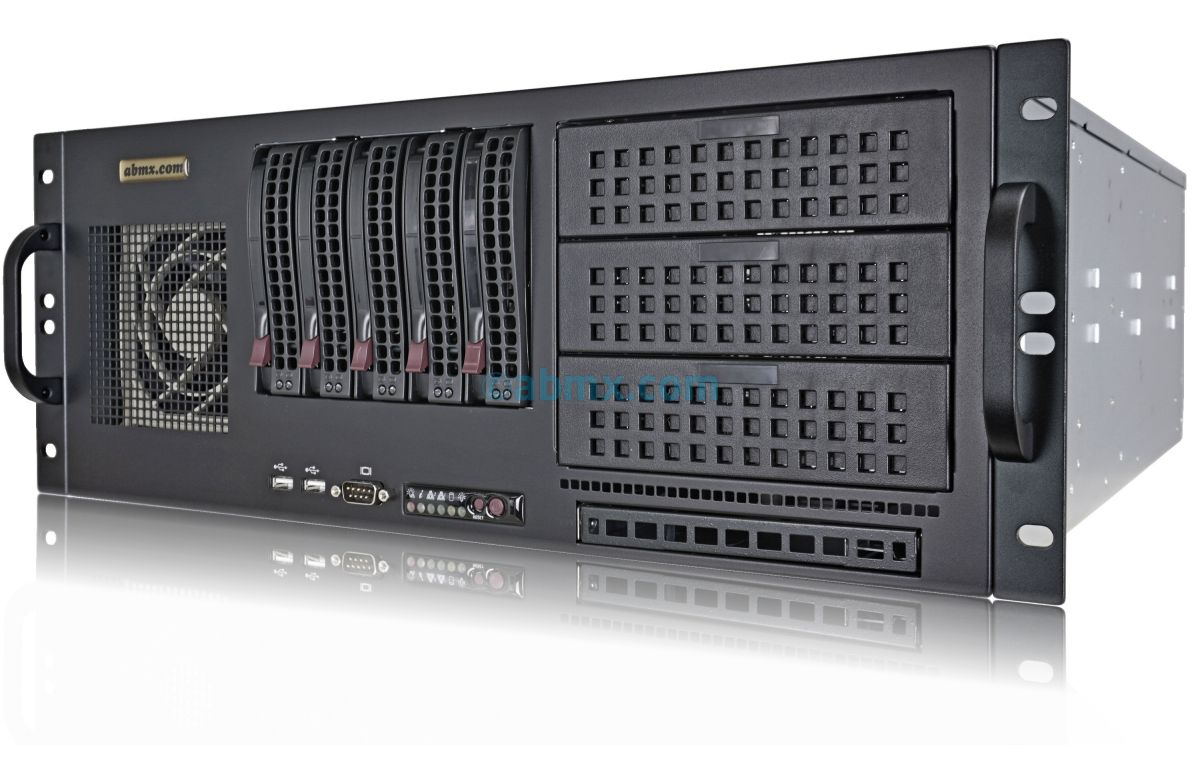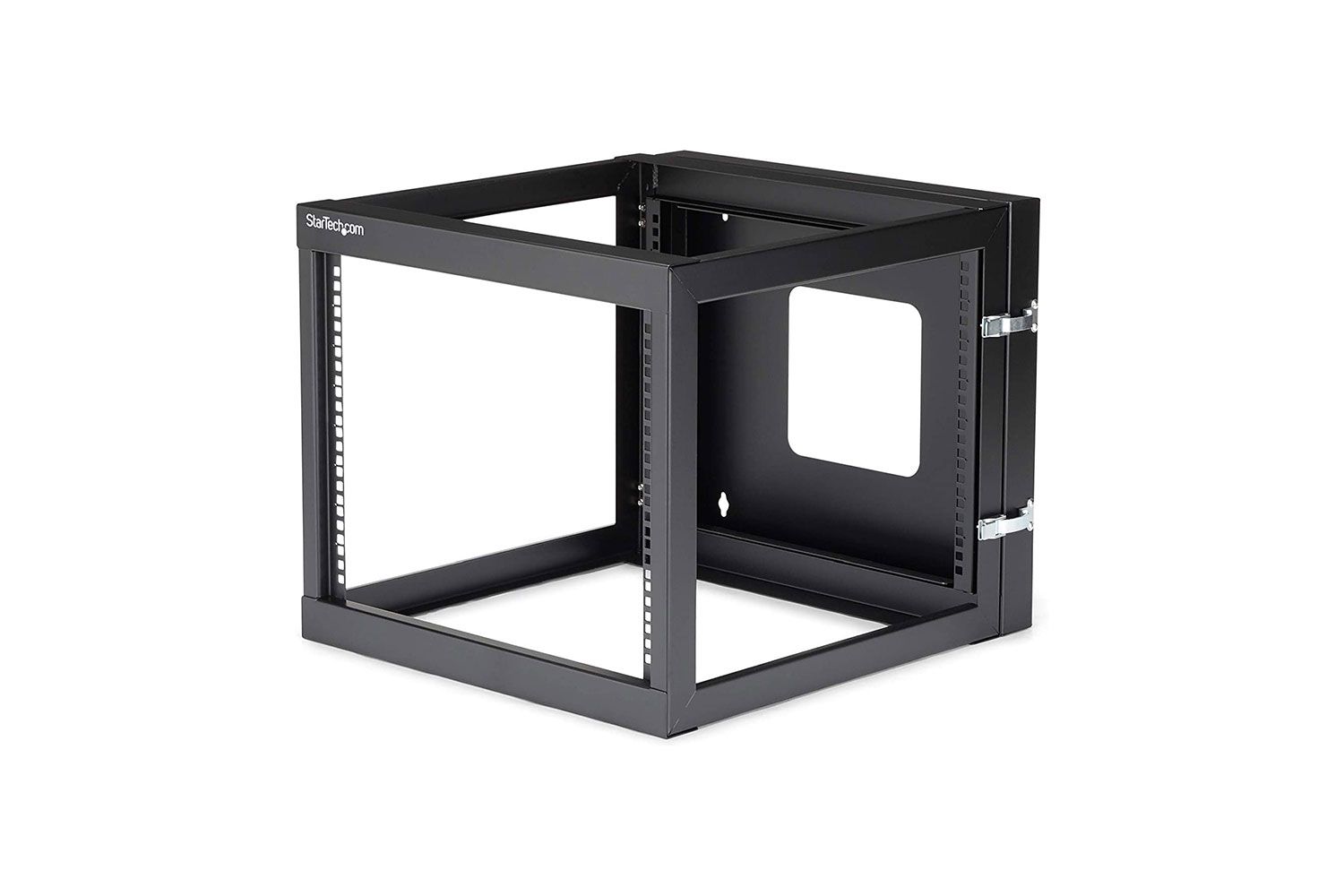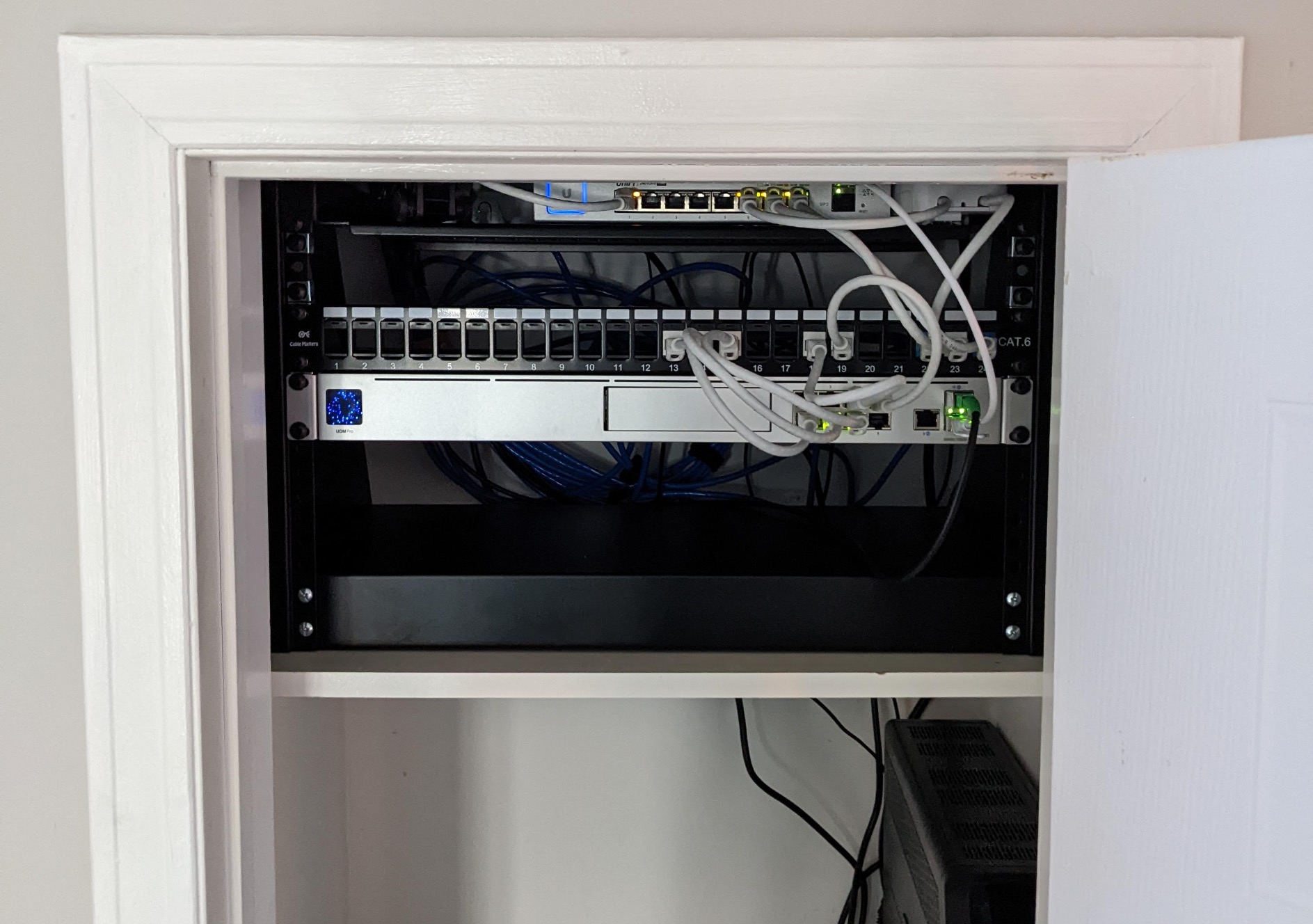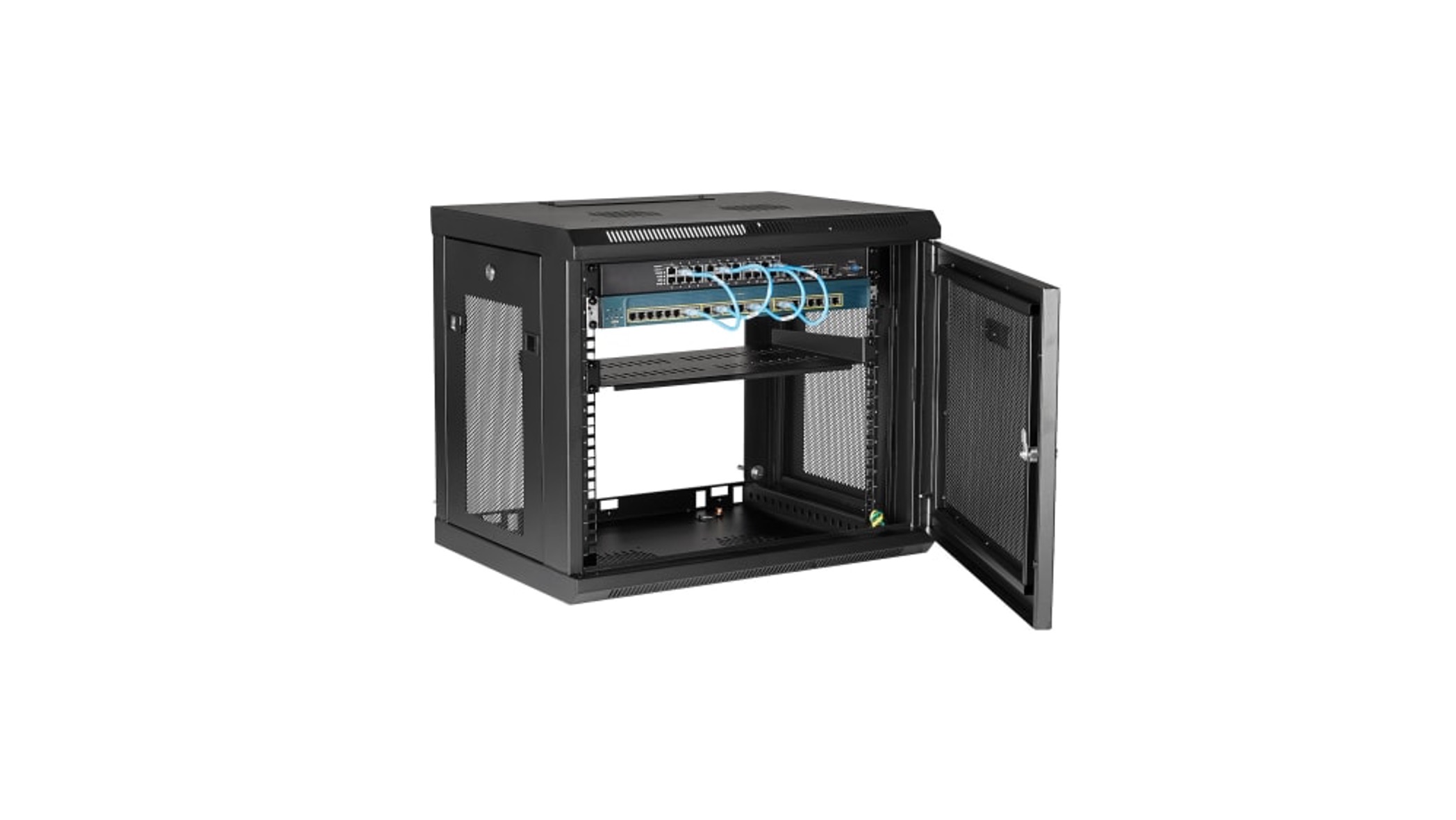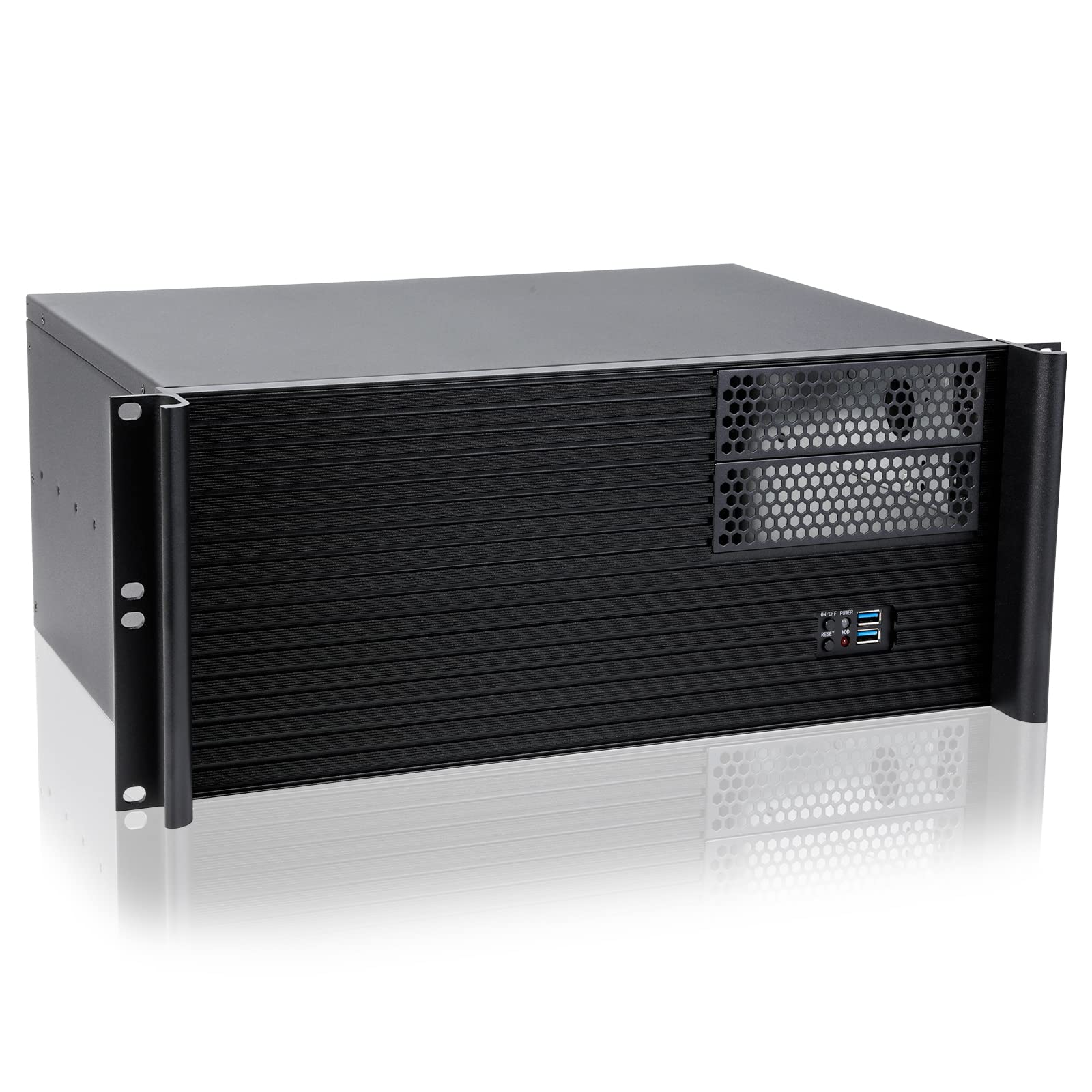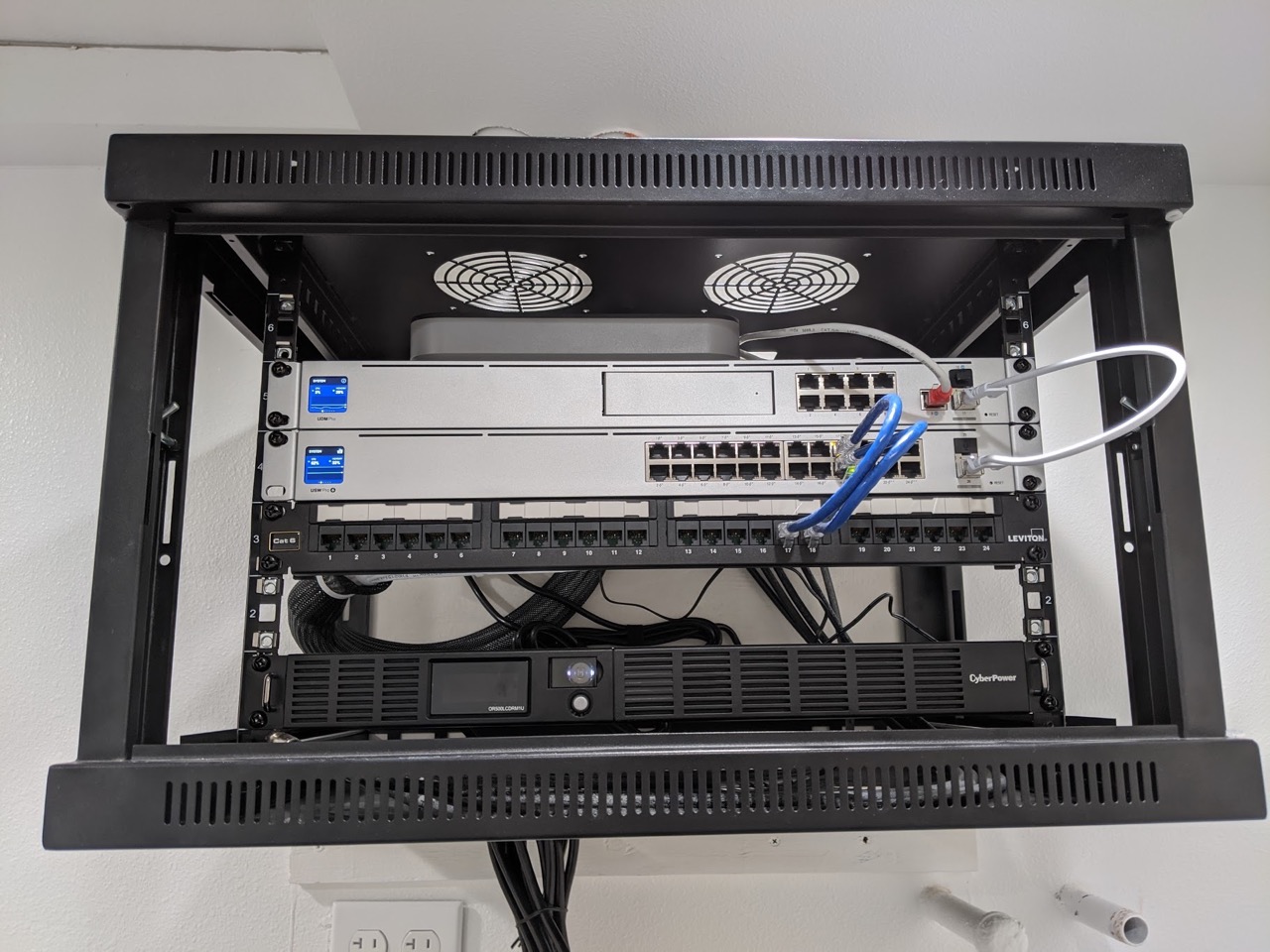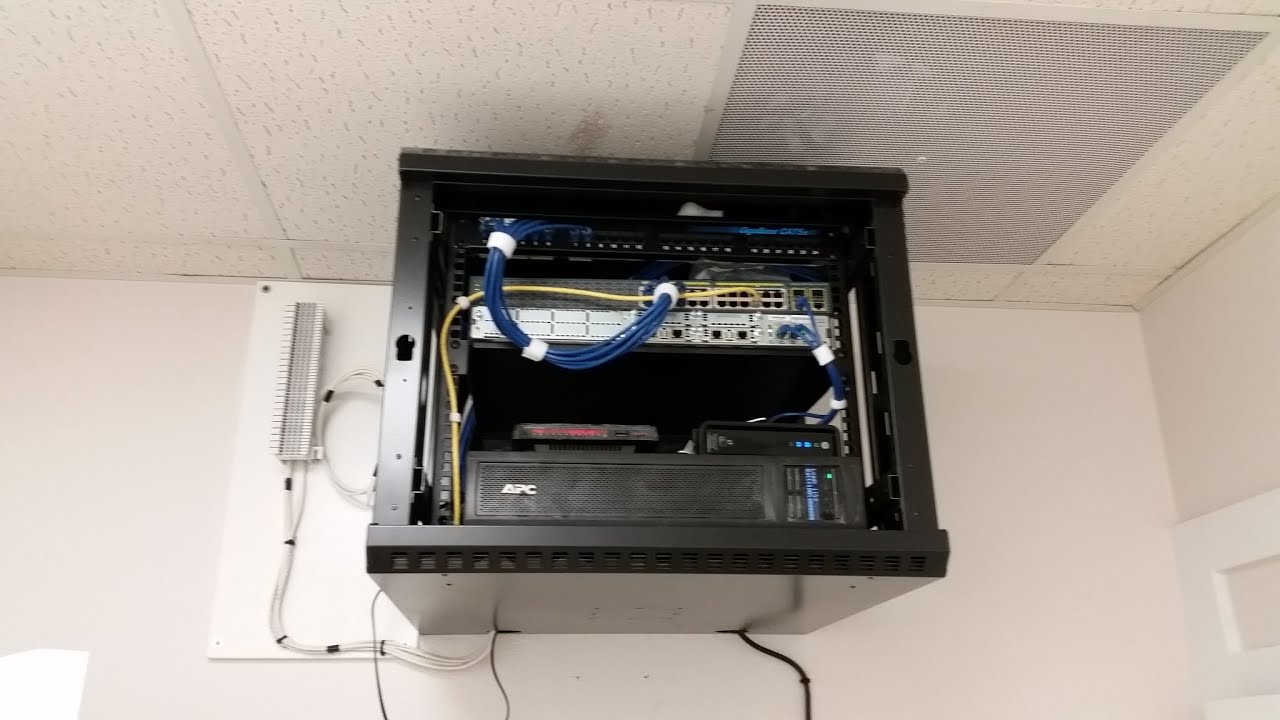Introduction
Welcome to the world of home entertainment, where the magic of audio and video components comes alive at the touch of a button. However, managing the clutter of AV receivers and media components can be a challenge, especially if you prefer a clean and minimalist living space. The solution? Concealing these devices in a closet while still maintaining full control over them.
In this guide, we will explore the process of controlling your AV receiver and media components from a remote location, such as a closet. By utilizing an infrared (IR) repeater system and programming a universal remote control, you can seamlessly operate your entertainment setup without the need for direct line-of-sight access.
Gone are the days of struggling with multiple remote controls or leaving your AV equipment exposed for all to see. With the techniques outlined in this article, you can enjoy a clutter-free living space while maintaining complete control over your entertainment system.
So, if you're ready to transform your home entertainment experience and declutter your living space, let's dive into the world of controlling your AV receiver and media components in a closet.
Why You Might Want to Control Your AV Receiver and Media Components in a Closet
Imagine a living room with a sleek, uncluttered aesthetic – no tangled wires, no unsightly black boxes, just a seamless space designed for relaxation and entertainment. This vision is what drives many homeowners to consider concealing their AV receiver and media components in a closet.
First and foremost, hiding your AV equipment allows you to maintain a clean and organized living area. By relocating these devices to a closet, you can eliminate visual distractions and create a more inviting atmosphere for both everyday living and entertaining guests. This approach aligns perfectly with modern interior design trends that prioritize minimalism and functionality.
Furthermore, concealing your AV receiver and media components can enhance the safety of your equipment. By keeping these devices out of sight and away from curious hands or pets, you can minimize the risk of accidental damage or tampering. This is particularly beneficial for households with young children or pets who may be drawn to the blinking lights and buttons of electronic devices.
Another compelling reason to control your AV equipment from a closet is the potential for improved sound quality. By positioning your AV receiver and media components in a dedicated audiovisual space, you can create a more acoustically optimized environment. This can lead to a heightened audio experience, free from the interference of other electronic devices or ambient noise in the living room.
Lastly, concealing your AV components can contribute to a more seamless and immersive entertainment experience. With the right setup, you can effortlessly control your audiovisual system from the comfort of your living space, without the need for direct line-of-sight access to the equipment. This allows you to enjoy your favorite movies, music, and games without interruptions, ensuring that the technology complements your enjoyment rather than detracting from it.
Whether you prioritize aesthetics, safety, audio quality, or uninterrupted entertainment, there are compelling reasons to consider controlling your AV receiver and media components from a closet. With the right tools and techniques, you can achieve a harmonious balance between technology and interior design, enhancing both the visual appeal and functionality of your living space.
Tools and Equipment You Will Need
Before embarking on the journey to control your AV receiver and media components from a closet, it’s essential to gather the necessary tools and equipment. Here’s a comprehensive list of items you’ll need to set up an effective remote control system:
- IR Repeater Kit: This kit typically includes an IR receiver, IR emitters, and a distribution block. The IR receiver captures the signals from your remote control, while the emitters transmit these signals to your AV components in the closet. The distribution block acts as a central hub for connecting the IR emitters to your devices.
- Universal Remote Control: A programmable universal remote control is essential for consolidating the functions of multiple remotes into one convenient device. Look for a model with the capability to control a wide range of audiovisual devices, including your AV receiver, TV, media player, and any other components you wish to operate from a distance.
- Power Drill and Screws: Depending on the layout of your closet and the mounting options provided with the IR repeater kit, you may need a power drill and screws to securely install the IR receiver and emitters in the desired locations.
- Labeling Materials: To avoid confusion and ensure seamless operation, consider using labeling materials such as adhesive labels or a label maker to clearly mark the IR emitters and the corresponding AV components in the closet.
- Extension Cables (if needed): Depending on the distance between the IR receiver and the AV components, you may require extension cables to ensure that the IR signals reach the equipment reliably.
- Optional: Cable Management Solutions: To maintain a tidy and organized setup, you may opt to include cable management solutions such as cable ties, adhesive cable clips, or cable sleeves to neatly bundle and route the cables within the closet.
By assembling these tools and equipment, you’ll be well-prepared to establish a functional and streamlined remote control system for your AV receiver and media components. With the right resources at your disposal, you can proceed confidently with the setup process, knowing that you have everything you need to create a seamless and efficient control solution.
Setting Up an IR Repeater System
Setting up an IR repeater system is a crucial step in controlling your AV receiver and media components from a closet. This system allows you to transmit remote control signals from the comfort of your living space to the concealed devices in the closet, ensuring seamless operation without the need for direct line-of-sight access.
Here’s a step-by-step guide to setting up an IR repeater system:
- Locate the IR Receiver: Begin by positioning the IR receiver in a central and unobstructed location within your living space. This component captures the infrared signals from your remote control, so it’s important to place it where it can easily receive commands.
- Install the IR Emitters: Using the provided adhesive backing or mounting hardware, affix the IR emitters to the front panels of your AV components in the closet. These emitters will transmit the captured IR signals from the receiver to the respective devices, allowing you to control them remotely.
- Connect the Distribution Block: If your IR repeater kit includes a distribution block, connect the IR emitters to this central hub. The distribution block serves as a convenient point of connection for routing the IR signals to multiple AV components, streamlining the setup process.
- Test the System: With the IR repeater components in place, test the system to ensure that the remote control signals are effectively reaching the devices in the closet. Verify that each command from the remote control elicits the intended response from the AV components, indicating successful transmission of the IR signals.
- Adjust Placement if Needed: If you encounter any issues with signal transmission, consider adjusting the positioning of the IR receiver and emitters to optimize performance. Fine-tuning the placement of these components can enhance the reliability and responsiveness of the IR repeater system.
By following these steps, you can establish a robust IR repeater system that empowers you to control your AV receiver and media components from a remote location, such as a closet. This setup not only enhances the visual appeal of your living space but also streamlines the operation of your entertainment system, offering a seamless and intuitive user experience.
Programming Your Universal Remote Control
Once the IR repeater system is in place, the next essential step is programming your universal remote control to effectively manage your AV receiver and media components from a distance. This process consolidates the functions of multiple remotes into a single device, streamlining the operation of your entertainment system and simplifying the user experience.
Here’s a comprehensive guide to programming your universal remote control:
- Identify Manufacturer Codes: Refer to the user manual or online resources provided by the universal remote control manufacturer to obtain the specific manufacturer codes for your AV receiver, TV, media player, and any other devices you wish to control. These codes are essential for programming the remote to communicate with each component.
- Enter Programming Mode: Follow the instructions in the remote control’s user manual to enter programming mode. This typically involves pressing a specific combination of buttons or accessing a dedicated programming menu on the remote control’s interface.
- Input Manufacturer Codes: Using the keypad or navigation buttons on the remote control, input the manufacturer codes for your AV components. This establishes the communication link between the remote control and each device, enabling seamless control from a distance.
- Test Functionality: After entering the manufacturer codes, test the functionality of the remote control by issuing commands to your AV receiver, TV, and media player. Verify that the remote effectively adjusts volume, changes channels, switches inputs, and performs other essential functions for each device.
- Program Additional Features (Optional): Depending on the capabilities of your universal remote control, you may have the option to program additional features such as macro commands, custom button assignments, or personalized settings tailored to your specific entertainment preferences.
By diligently following these steps, you can successfully program your universal remote control to harmoniously interact with your AV receiver and media components. This streamlined control solution simplifies the management of your entertainment system, empowering you to navigate through audiovisual experiences with ease and convenience.
Testing and Troubleshooting
After setting up the IR repeater system and programming your universal remote control, it’s crucial to conduct thorough testing to ensure seamless functionality and address any potential issues that may arise. Testing and troubleshooting are essential steps in refining the remote control setup and optimizing its performance.
Here’s a comprehensive approach to testing and troubleshooting your remote control system:
- Functional Testing: Begin by testing each function of the universal remote control to verify that it effectively operates your AV receiver, TV, media player, and any other components controlled by the system. Test basic functions such as power on/off, volume adjustment, channel selection, and input switching to ensure comprehensive control.
- Range Testing: Evaluate the range of the IR repeater system by issuing commands from various locations within your living space. Verify that the remote control signals reliably reach the IR receiver, allowing for consistent and responsive control of the AV components from a distance.
- Interference Testing: Assess the system’s resistance to interference by introducing potential sources of signal disruption, such as ambient light sources, electronic devices, or reflective surfaces. Identify and mitigate any interference that may impact the reliability of the IR repeater system.
- Signal Alignment: Confirm that the IR emitters are aligned properly with the IR receivers on your AV components to ensure accurate transmission of remote control signals. Adjust the positioning of the emitters if necessary to optimize signal alignment and responsiveness.
- Troubleshooting Common Issues: If you encounter issues such as non-responsive devices, inconsistent signal transmission, or unexpected behavior from the remote control, consult the troubleshooting resources provided with your IR repeater system and universal remote control. Address common issues methodically to restore seamless operation.
By diligently conducting these tests and addressing any potential issues, you can fine-tune the remote control system to deliver reliable and intuitive control of your AV receiver and media components from a closet. Thorough testing and troubleshooting contribute to a seamless and satisfying user experience, ensuring that your entertainment system operates flawlessly at all times.
Conclusion
Controlling your AV receiver and media components from a closet offers a multitude of benefits, ranging from aesthetic enhancements to improved functionality within your living space. By concealing these devices and implementing a remote control solution, you can transform your home entertainment experience while maintaining a clean and organized environment.
Through the utilization of an IR repeater system and a programmable universal remote control, you can achieve seamless control over your audiovisual setup, eliminating the need for direct line-of-sight access to the equipment. This streamlined approach not only reduces visual clutter but also enhances the safety, audio quality, and overall user experience within your living space.
As you embark on this journey, remember to gather the necessary tools and equipment, including an IR repeater kit, a universal remote control, and labeling materials, to facilitate a smooth and efficient setup process. By carefully positioning the IR receiver, installing IR emitters, and testing the system thoroughly, you can ensure reliable and responsive control of your AV components from a remote location.
Throughout the setup process, it’s important to approach testing and troubleshooting with diligence, addressing any potential issues to refine the functionality of the remote control system. By conducting comprehensive tests and fine-tuning the setup, you can enjoy a seamlessly integrated entertainment system that complements your lifestyle and interior design preferences.
In conclusion, the ability to control your AV receiver and media components from a closet represents a harmonious fusion of technology and design, offering a compelling solution for modern homeowners seeking a refined and uncluttered living space. By embracing these techniques, you can elevate your home entertainment experience while maintaining a visually appealing and functional environment that reflects your personal style and preferences.







